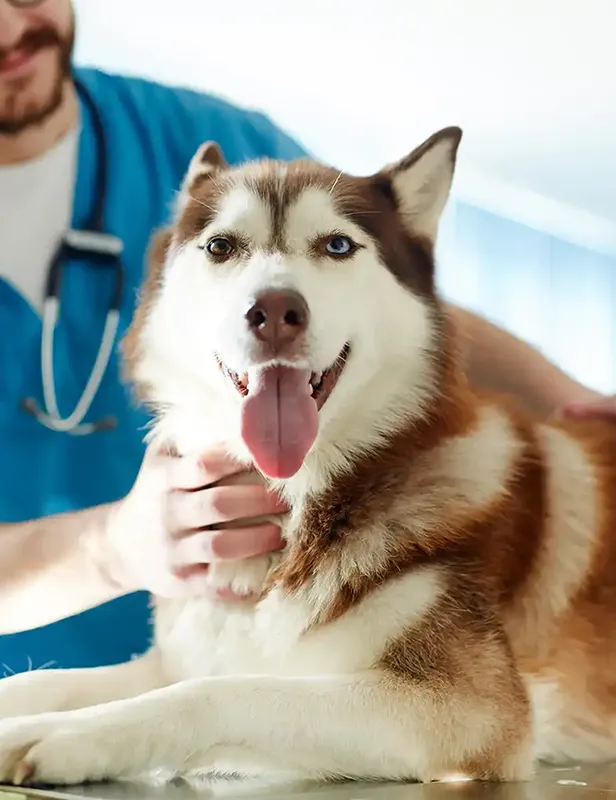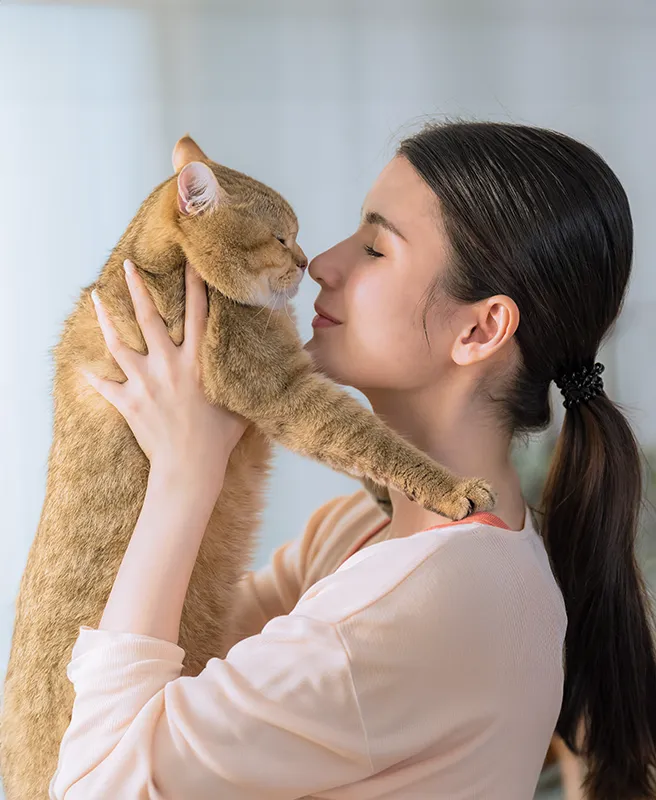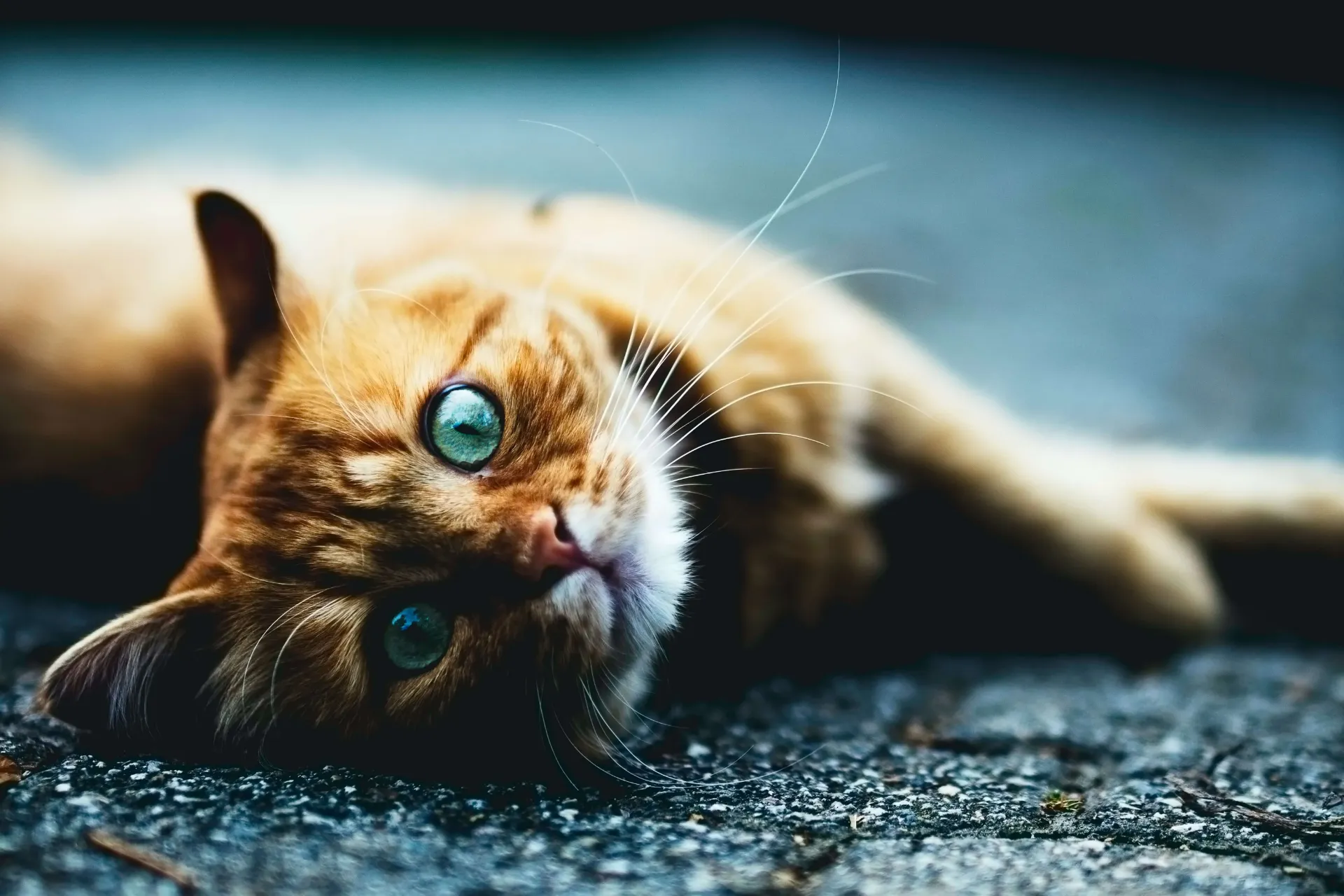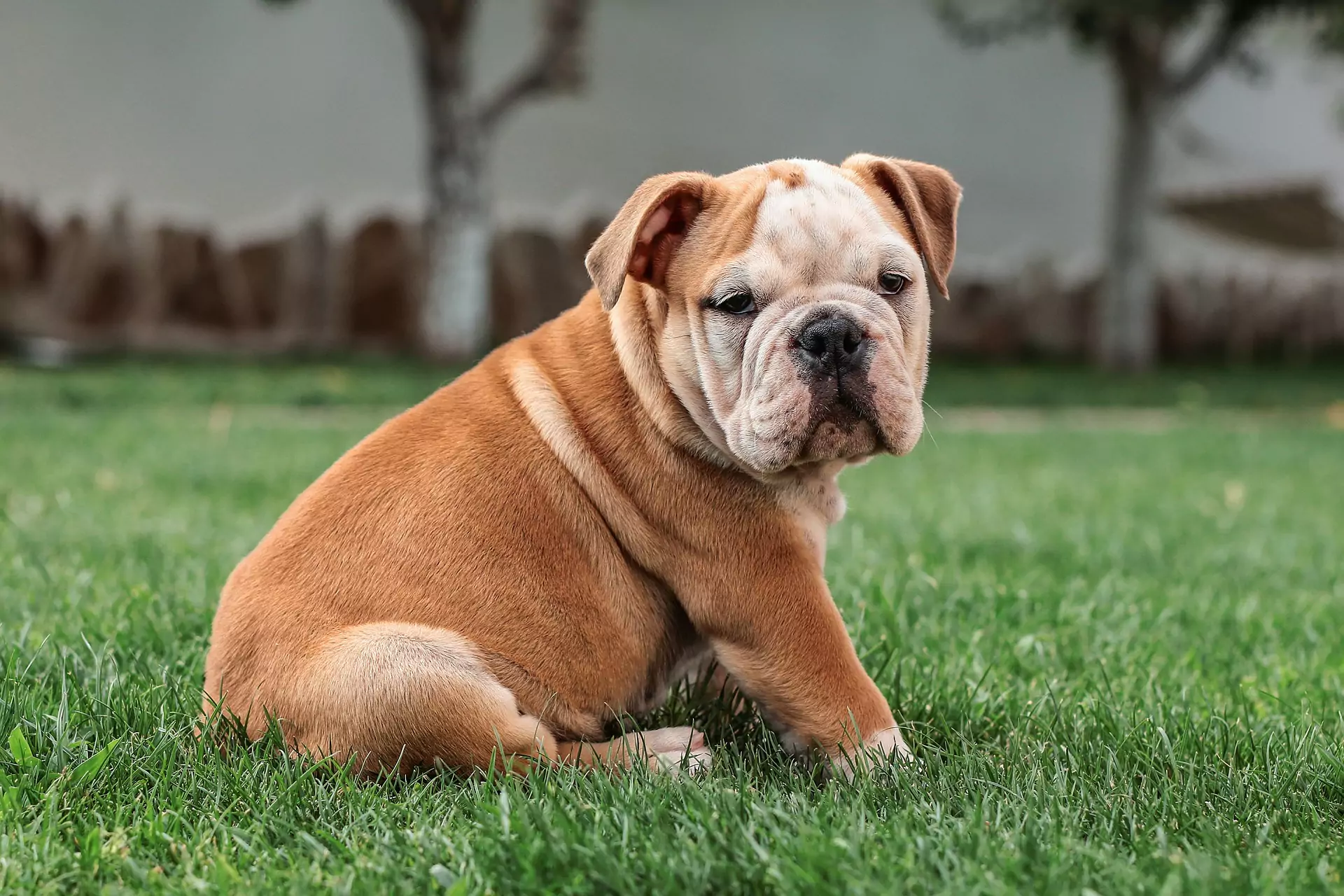Have you recently adopted a puppy? Congratulations! We probably don’t have to tell you how adorable little Fido is at this stage in his life. He’s also frisky, curious, energetic, and often a bit rambunctious. You’ll have quite a bit of work and pet parenting to do over the next few years. Read on as a local North East Maryland vet offers some advice on helping your canine buddy get through his adorable (if frustrating) toddler phase.
How Long Will Fido’s Terrible Twos Last?
The timeline isn’t quite as clear here as it is with humans. In most pups, that rambunctious toddler stage starts around 6 months and can last until little Fido is 1-2 years old. However, dogs all age and mature a bit differently, so it will vary from pup to pup. In any case, it’s safe to say that the first two years or so are, well, extra fun, extra cute, and extra work.
When Are Puppies The Naughtiest?
Little Fido is probably going to be at his most rambunctious when he’s between about 6 and 18 months. Many pups get better around one year old, though. Making sure your canine buddy is getting lots of exercise and playtime can go a long way, as that will help little Fido burn off his excess energy in a healthy way, instead of by tearing up your trash. Just keep in mind that not all activities are safe for every dog. Ask your vet for advice.
Why Is My Dog Acting Worse?
When teaching little Fido proper petiquette, you may sometimes take two steps forward and one step back. Dogs often become more independent as they approach adulthood. Just like people, our canine buddies often hit a rebellious teen stage around this point. Fido may test your boundaries a bit as well. Don’t worry: it will pass! Be consistent and firm.
What is the mental age of a 2-year-old dog?
The comparison between dog and human years can get a bit confusing. You may have heard that old adage about how one human year equals about seven dog years. That actually isn’t accurate, especially not for those first few years. You could say that the first year of Fido’s life equals roughly 12 human years. However, this does vary a bit from breed to breed. Large dogs age more quickly than small dogs. Your pup’s second year is about the same as nine human years. After that, you can roughly guestimate about 5-6 dog years to one human one.
How Do I Keep My Puppy From Destroying Everything?
You really need a multi-pronged approach here. Puppyproofing is key as it will make your home safe for your pet as he’s figuring the do’s and don’ts of being a dog. Training, of course, is also crucial. You’ll also need to provide little Fido with the toys, playtime, and love he needs.
Let’s start with puppyproofing. You’ll need to remove or secure anything within paws’ reach that isn’t safe for your canine companion.
Small/Sharp Objects: That includes anything small or sharp, such as craft kit pieces, pens, phones, safety pins, chapstick tubes, small toys and nicnacs … the list goes on.
Plants: Toxic plants are also unsafe. Check the ASPCA site here for a full list.
Food: Always store food in cupboards or the fridge, where your pooch can’t reach it. Be extra careful with foods that are toxic to dogs, such as chocolate, avocados, grapes and raisins, meat on the bone, and anything containing xylitol. Ask your vet for more info.
Garbage: The trash is another danger zone. It can contain all sorts of things that are dangerous to your canine pal, from plastic wrappers to toothpicks, can lids, and food trimmings. Bathroom trash may also contain things that aren’t safe for little Fido. Use cans with lids.
Drapes: Window treatments are another concern. Little Fido could easily get entangled in a drape cord, which could be extremely dangerous. You also don’t want the little guy pulling your drape rod down. Secure elerctrical wires as well.
Medications: All drugs and medicines, whether prescription or OTC, should be kept safely out of paws’ reach. That applies to other sorts of toiletries as well. Vitamins are also unsafe.
Plastics: Plastic bags, ties, and wrappers are also unsafe, and can choke puppies or cause internal injuries if ingested.
Chemicals: Any and all chemicals, such as cleaning products, drain openers, paints, automotive products, pesticides, and lawn/garden products, should be stored in cabinets your pooch can’t get into.
Fluffy’s Things: You may need to figure out a way to dog-proof your kitty’s things. Many pups can’t help but snack out of the litterbox. This is not only gross, but also poses a risk of blockages or parasitic transmission. Plus, many cat toys are just big enough for dogs to choke on.
Outdoor Areas: First and foremost, make sure that your fence is secure. We recommend getting a self-latching gate as well. It’s a good idea to keep your lawn mowed, to help keep critters, fleas, and ticks out. If you’re rewilding part of your yard, use fencing or other obstacles to section that area off.
Training Your Puppy
Little Fido’s petucation also will play a huge role in his mental and emotional development. Training should start the day you bring your canine buddy home. And while you don’t have to necessarily teach your dog how to fetch your slippers or turn the lights off, he should know the basics of doggy petiquette, which include Sit, Come, Heel, Stay, and Lay Down. Down and Drop It or Leave It Are also very helpful.
Work with Fido every day, even if it’s just for a few minutes. In fact, it’s better to do shorter but more frequent sessions rather than long weekly classes. Man’s Best Buddy doesn’t have much of an attention span, except when bacon is involved. Focus on one at a time, and don’t move on until your fuzzy student has mastered the current plan. (Tip: you may find Sit easiest to start with, as most dogs pick it up easily.)
In addition to obedience training, you’ll also need to housebreak little Fido and crate train him. These tend to be short but steep learning curves, particularly with housebreaking. Ask your vet for more information.
Socialization is also crucial. This needs to happen within a set window of time, usually before little Fido gets to be about 4 months old. Ask your vet for specific advice.
Toys And Entertainment
One thing you’ll need to be cognizant of during this stage is little Fido’s teething process. Your canine pal will want to chew on absolutely everything in reach to soothe the pain on his sort gums. Provide lots of chew toys. Just stick to vet-approved chews. Kong toys are great, because they are not only safe and durable, you can also fill them. You’ll want to be careful with rawhide, for example, as it can break off, especially if your pet is strong chewer. Be sure to choose things that are the right size for little Fido. Ask your vet for tips on this.
Visit Your North East Maryland Animal Clinic
Of course, your canine buddy will also need proper veterinary care. Microchipping and spay/neuter surgery should be on the agenda. Little Fido will also need to get started on his parasite control and vaccinations. Follow your North East Maryland vet’s recommendations.
Do you have questions about puppy care? Contact us, your local North East Maryland pet hospital, today!







!Social Media Icons